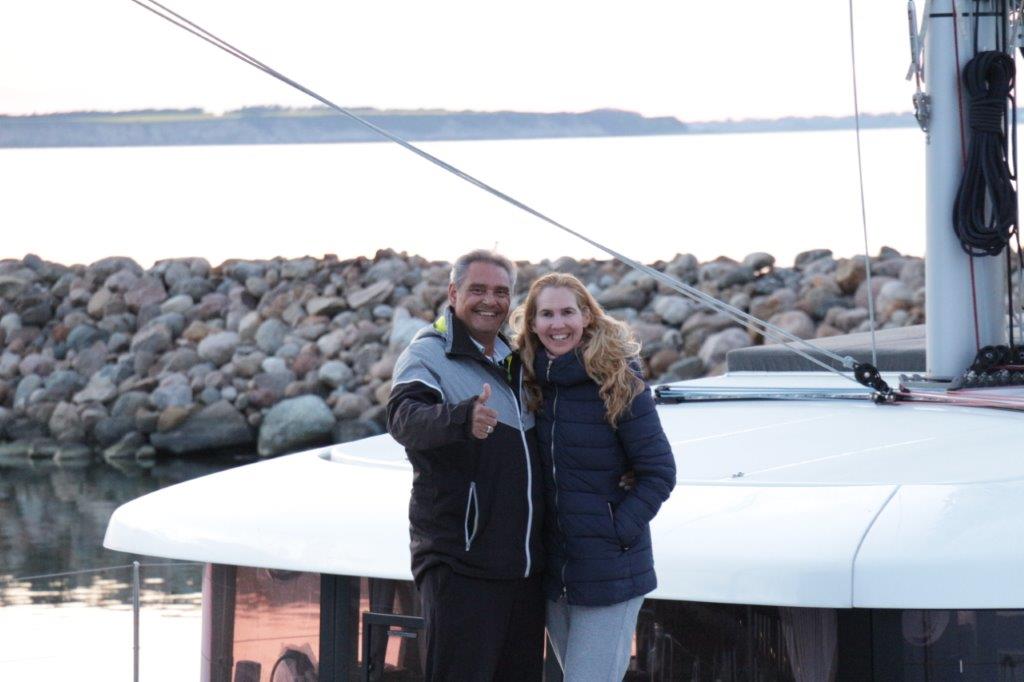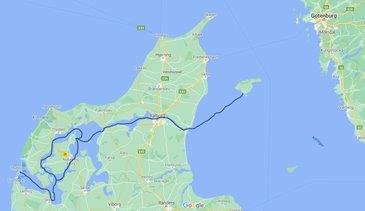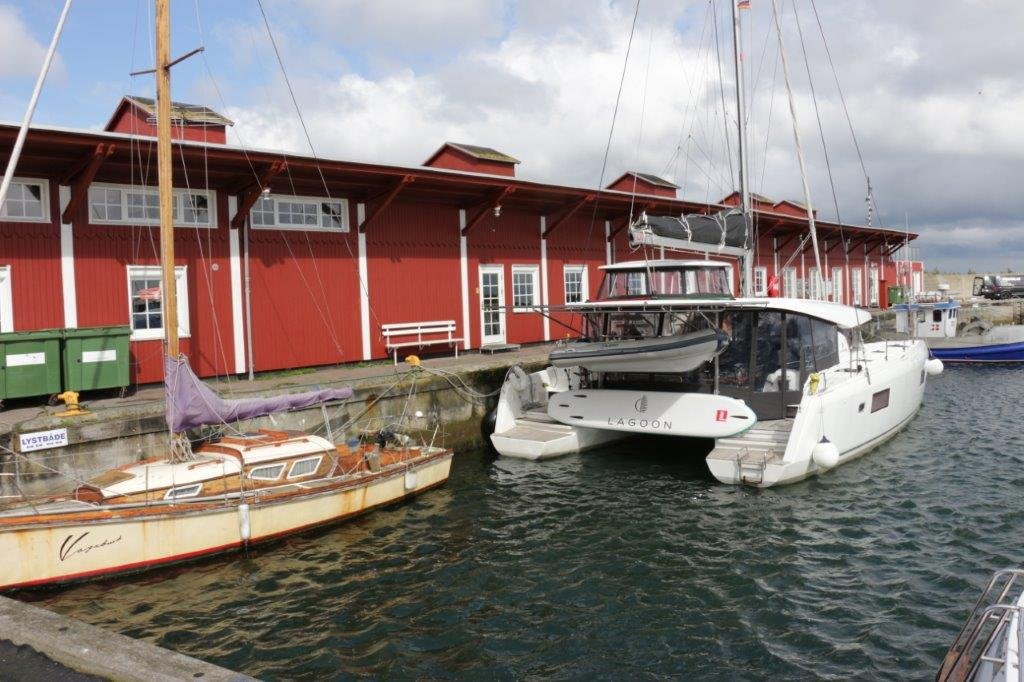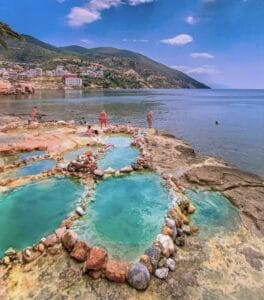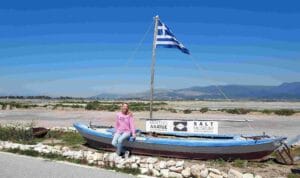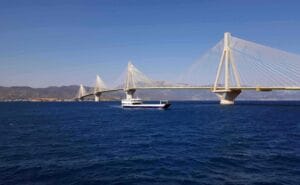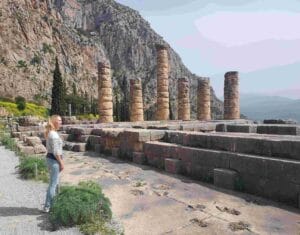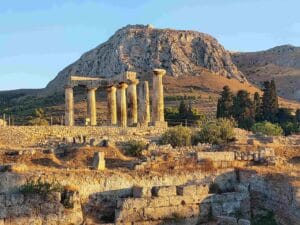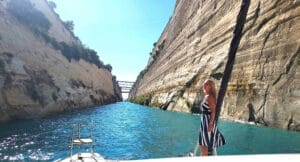‘How do you plan your route while sailing?’ is a question we often get. ‘Based on the wind and the people’ is the answer. Because YOU don’t decide, NATURE decides for you. If you have strong winds coming from the west, the only way you can sail is to the North or to the South. You can go westward with your boat, turn on the engines and fight the wind, current and waves, but it will be a hard and long journey. So sailors usually have a global plan which depends on the wind direction. Which automatically means you shouldn’t be in a hurry. Hurry means forced decisions, often against ‘the will’ of nature, it will wreck your boat and all the materials on it, like the sails. And more importantly, it is a risk to you and your crew if you fight nature.
If you follow nature and it gives you opportunities to choose from to sail to, we like to follow the advice of experienced fellow-sailors and locals (also we check the internet or sailbooks that we have on board). This is how we ended up in the Limfjord. Once we sailed to the top of Denmark (Jutland) our plan was to cross the Skagerrak to sail further north. Nope. Strong winds in the wrong direction for the next week would make this a bad decision. Then someone advised us to go through the Limfjord, then you would cross the top of Denmark from west to the east coast and end up in the Kattegat. So we did. And we were happy to have done so! Because this was a great 2 weeks of visiting lovely little islands, encountering 3 dolphins, cycling to a historic Viking monument and wine and dine in the great city of Aalborg!
These are the places we would recommend in the Limfjord, from west to east:
Thyborøn: the entrance of the Limfjord on the westcoast of Denmark. It is a quite place with a few fishrestaurants. Once we sailed to the harbour of Thyborøn, we saw 3 black fins in the waves. These were of 3 dolphin! And I once learned in New-Zealand: when you see 1 dolphin, usually there are at least 5 swimming below in the water. And so it was: in this area of the Limfjord, a group of around 10 dolphins are known to visit this area a lot!
Struer: a lively popular place among sailes, with spacious harbours for yachts, with good facilities like BBQ places and restaurants. We loved the waterski area next to the harbour where we enjoyed people performing all kinds of tricks, jumping up from the ramps in the water.
Venø: a little island in front of the Struer, with a great cycle track and small fish harbours where you can also eat fresh ice-cream in the kiosks.
Ejerslev Havn: a place we ran into, nowhere mentioned in the sailguides, but it turned out to be a great spot in front of a volcanic cliff. It was an old mine and behind the cliff the mine turned into a lagoon. Also the fossil museum is worth a visit, which exihibits beautiful prints of ancient turtles and fish, preserved in stone.
Livø: on the island of Livo we met Jesper and Benji who invited us to a Viking dinner, you can read more about it in blog nr 6!
Løgstør: this small city has an impressive Viking site, where you can learn more about the strategical position of the Limfjord as an important tradespot in the triangle of Sweden, Norway and Denmark.
Aalborg: after the nostalgic islands and small villages, we entered the big city of Aalborg! City nr 4 in Denmark with 117.000 habitants. A lot of young people studying there, many trendy restaurants (we had great sushi!) and modern buildings, designed by Jørn Utzon, the Danish architect behind the Sydney Opera House. Great cycling along the quays which reminded us of the Amsterdam IJ area!
Læsø: after 10 days of sailing we left the Limfjord on the east side of Denmark. Then you end up in the Kattegat. I’ve always been curious to find out about the Kattegat, the waterway between Denmark and Sweden: would it have rough waters? Would it be busy with big containerships going from Sweden to Denmark or Norway? It turned out to be very quite water, with lots of small fishing boats because of the many herrings swimming here and very surprisingly not deep at all (around 5 or 6 meters!). And in the middle of the Kattegat, we visited the island of Læsø, famous for salt extraction. We visited the plant where the salt production took place, in a beautiful landscape with lakes and houses with roofs of seaweed. We stayed at Læsø for 2 days.
